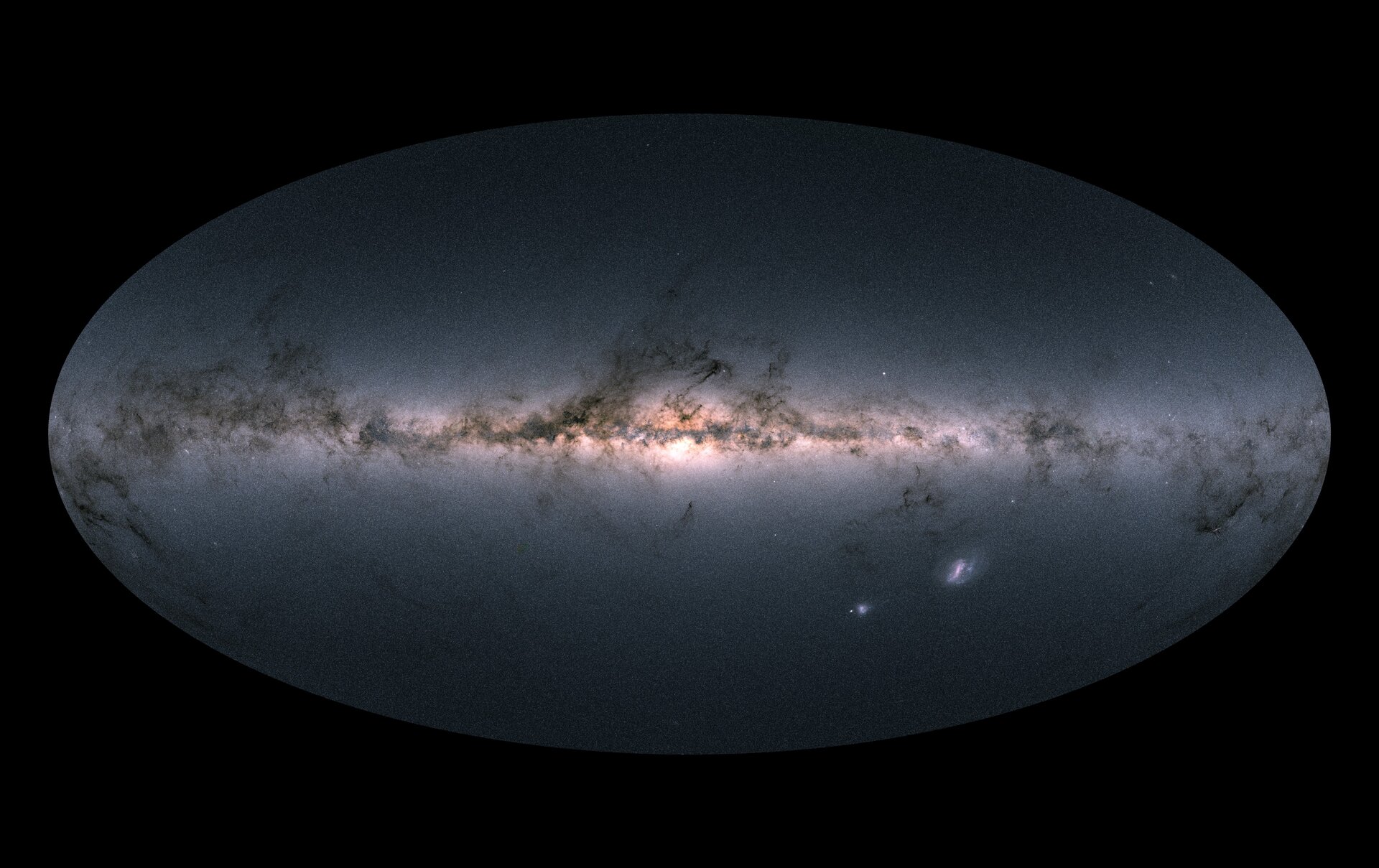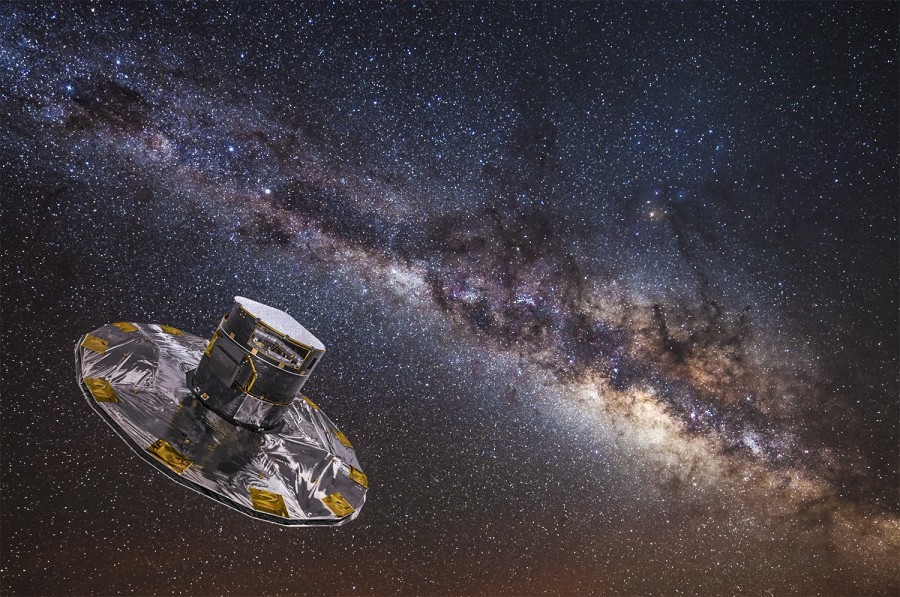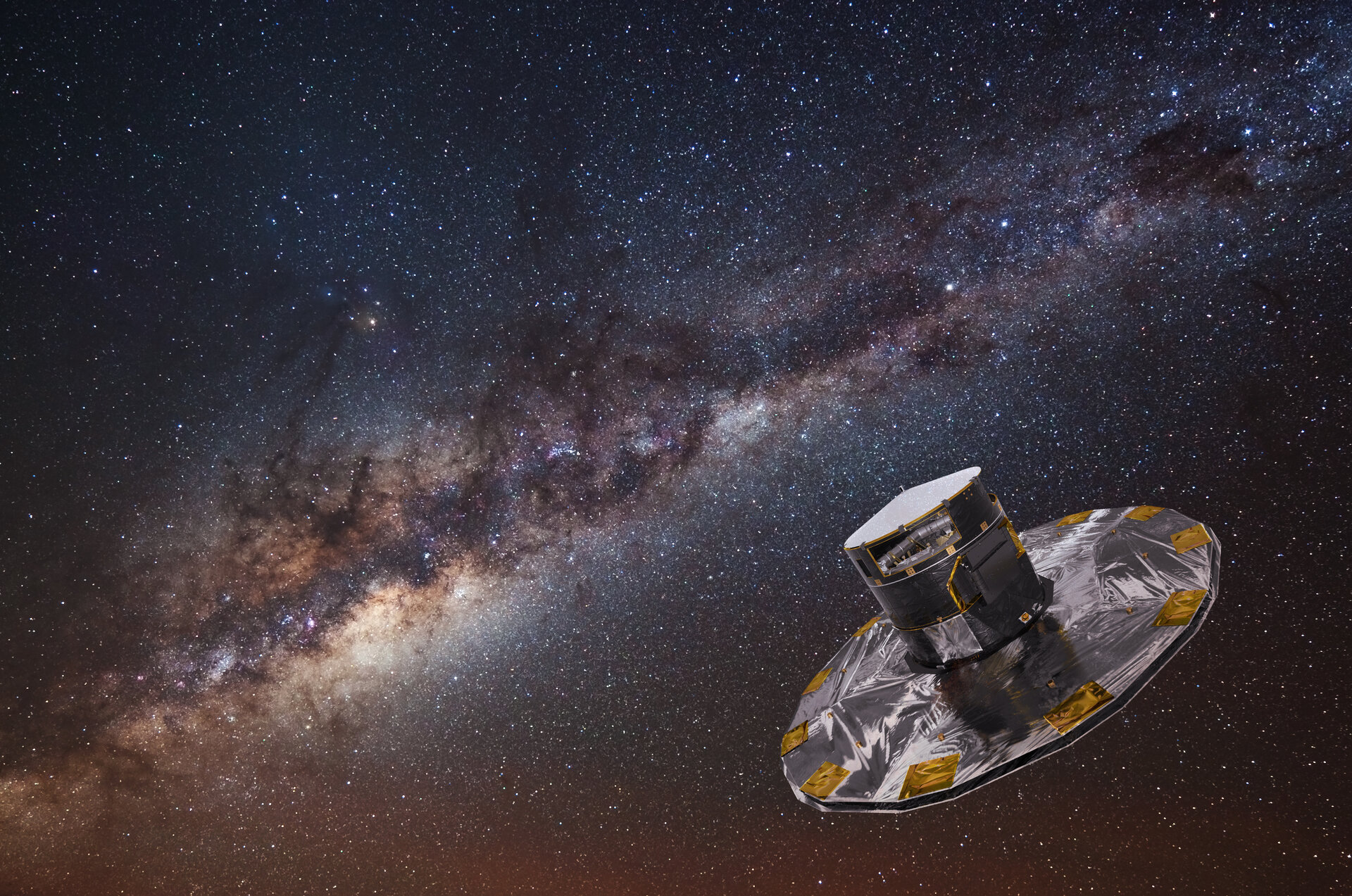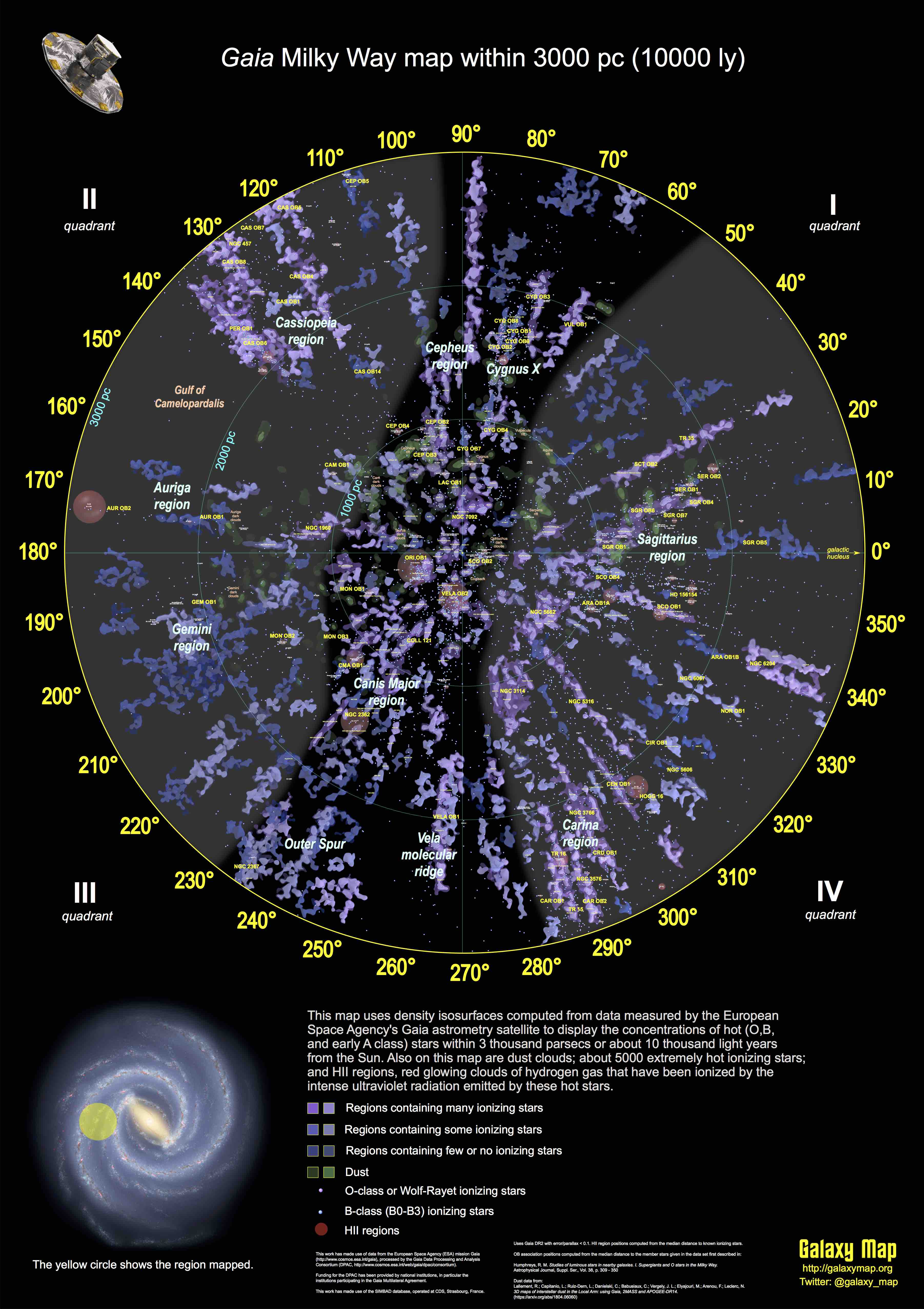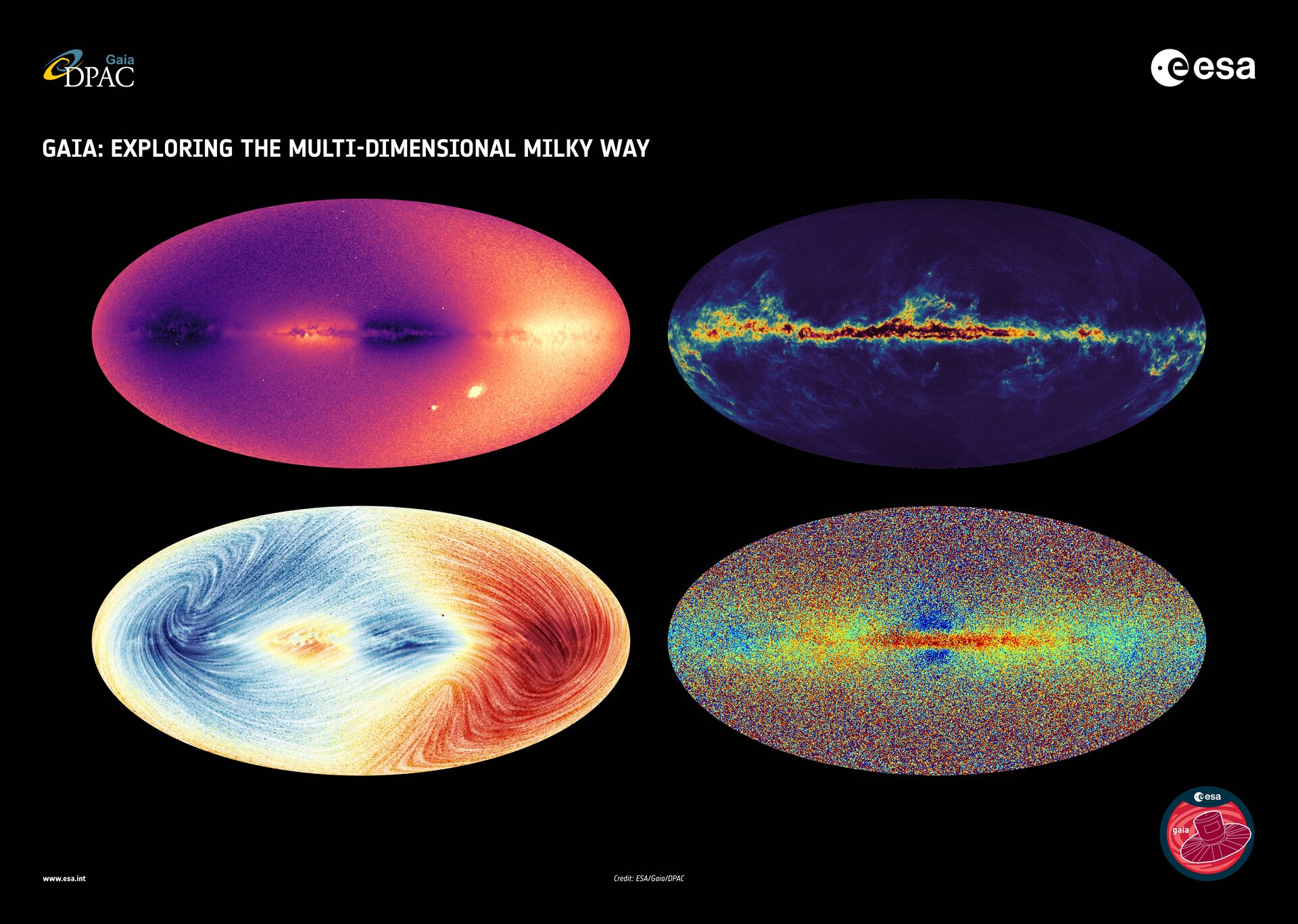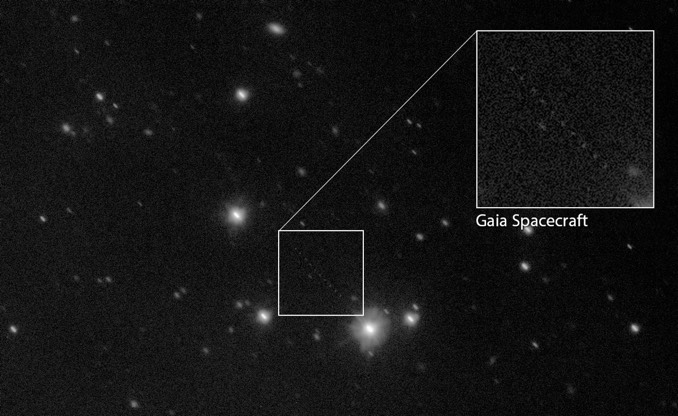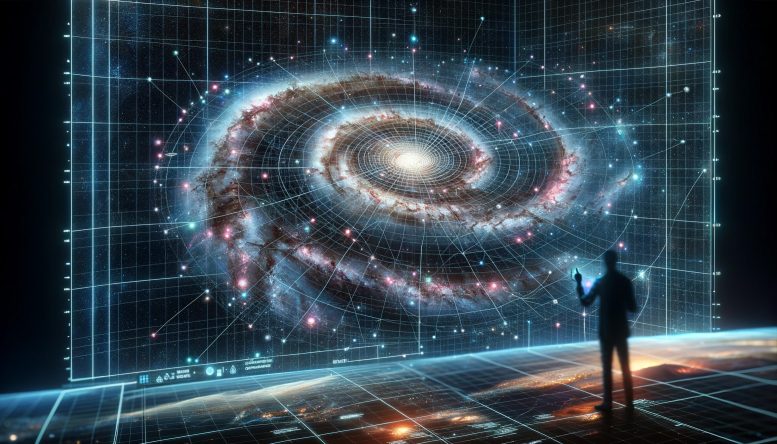Gaia Mapping – GaiaNIR (NIR stands for near-infrared) allows the observatory to see through the dust that features in the plane of the Milky Way. It will allow a better understanding of the dynamical processes at . Astronomers have found more than 350 possible moons around asteroids by analyzing data from the European Space Agency’s Gaia space telescope. While asteroids known to have moons, also known as binary .
Gaia Mapping
Source : www.esa.int
Gaia NASA Science
Source : science.nasa.gov
ESA Gaia overview
Source : www.esa.int
IoW_20180614 Gaia Cosmos
Source : www.cosmos.esa.int
Gaia releases most detailed maps of the Milky Way ever taken
Source : physicsworld.com
ESA Gaia overview
Source : www.esa.int
Precision ground tracking critical to Gaia mapping – Astronomy Now
Source : astronomynow.com
ESA Gaia’s billion star map hints at treasures to come
Source : www.esa.int
Gaia’s Galactic Cartography: Building the Most Detailed 3D Map of
Source : scitechdaily.com
National Geographic Trails Illustrated Maps in Gaia GPS – Gaia GPS
Source : help.gaiagps.com
Gaia Mapping ESA Gaia creates richest star map of our Galaxy – and beyond: The Gaia mission has spotted potential moons orbiting over 350 asteroids that were previously predicted to be singletons. Gaia had already been investigating known asteroid binaries, confirming they . ESA/Gaia/DPAC; CC BY-SA 3.0 IGO; ACKNOWLEDGEMENTS P. Tanga (Observatoire de la Côte d’Azur) Gaia is on a mission to map the entire Milky Way in 3D, but during its observations it also collects a large .

